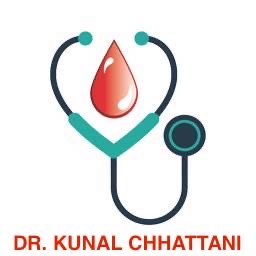+918042781346
Recently updated about

This is your website preview.
Currently it only shows your basic business info. Start adding relevant business details such as description, images and products or services to gain your customers attention by using Boost 360 android app / iOS App / web portal.
Description
Thalassemia is a group of inherited blood disorders characterized by reduced or absent production of hemoglobin chains, leading to chronic anemia. 🧬 What Is Hemoglobin? Hemoglobin (Hb) is made of: 2 alpha (α) chains 2 beta (β) chains Depending on which chain is affected, thalassemia is classified as: 🔠 Types of Thalassemia 1. Alpha Thalassemia Caused by deletions/mutations in the α-globin genes on chromosome 16 4 genes control alpha chain production (2 from each parent) 2. Beta Thalassemia Caused by point mutations in the β-globin genes on chromosome 11 2 genes control beta chain production (1 from each parent) Inheritance Condition Features 1 mutated gene Beta Thalassemia Trait (Minor) Mild anemia, usually asymptomatic 2 mutated genes (partially functional) Beta Thalassemia Intermedia Moderate anemia, variable symptoms 2 mutated genes (nonfunctional) Beta Thalassemia Major (Cooley’s Anemia) Severe anemia, requires regular transfusions 🧪 Symptoms Especially in Beta Thalassemia Major: Fatigue, pallor Growth delay Bone deformities (especially facial) Enlarged spleen/liver Iron overload (from transfusions) 🔍 Diagnosis CBC: Microcytic, hypochromic anemia Peripheral smear: Target cells, nucleated RBCs Hemoglobin electrophoresis: Abnormal Hb patterns (↑HbF, ↓HbA in β-thalassemia) Genetic testing Iron studies: To distinguish from iron-deficiency anemia 💊 Treatment For Mild forms (trait/minor): Often need no treatment Avoid iron unless deficiency is proven For Moderate to severe forms: Regular blood transfusions Iron chelation therapy (e.g., deferoxamine, deferasirox) to prevent iron overload Folic acid supplementation Splenectomy in some cases Bone marrow (stem cell) transplant — curative in select patients 🧬 Prevention Carrier screening and genetic counseling, especially in high-prevalence areas (e.g., Mediterranean, Middle East, South Asia) Prenatal testing for at-risk couples

